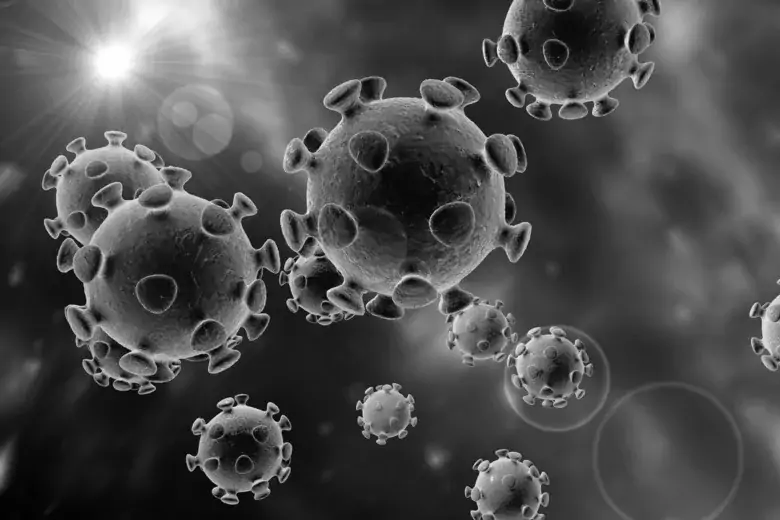
Spotlight on COVID-19
In early 2020, a new coronavirus was identified in the city of Wuhan in the Hubei province in China. The official name for this virus is SARS-CoV-2, and the disease that is caused by the virus is called COVID-19. Here we present some news and features about Karolinska Institutet's research on the new coronavirus.
Selected news
In depth articles
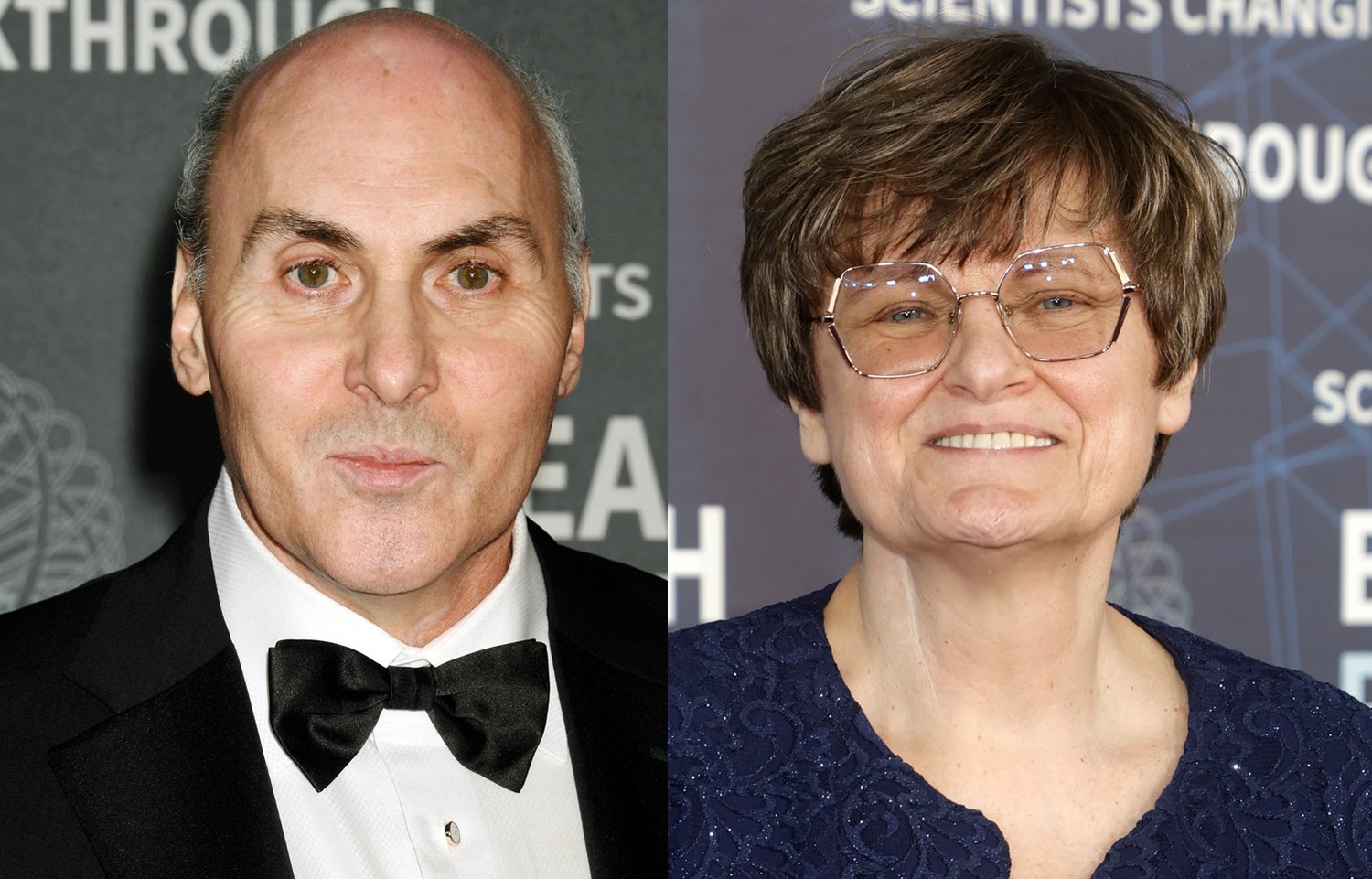 Photo: N/A
Photo: N/ATheir discoveries helped save millions of lives
The 2023 Nobel Prize in Physiology or Medicine was awarded to Katalin Karikó and Drew Weissman, whose research gave rise to effective mRNA vaccines that contained the COVID pandemic and saved millions of lives. A well-deserved honour, according to researchers at Karolinska Institutet.
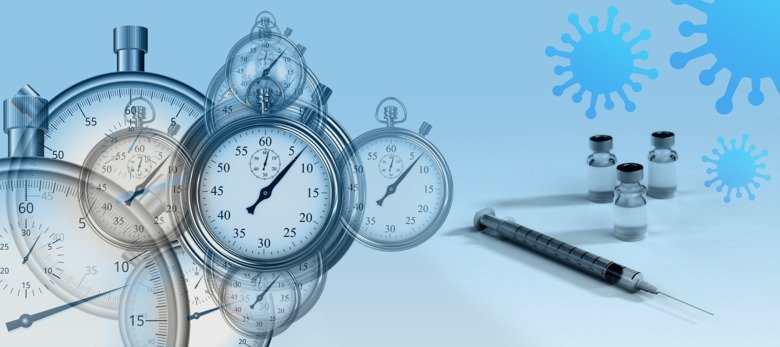 Photo: Public Domain
Photo: Public DomainLightning-fast vaccine development
The very first vaccines against the new corona virus are a breakthrough on several levels. Not only were they developed extremely fast, they are based on new technology whereby the vaccine primes the body’s immune system.
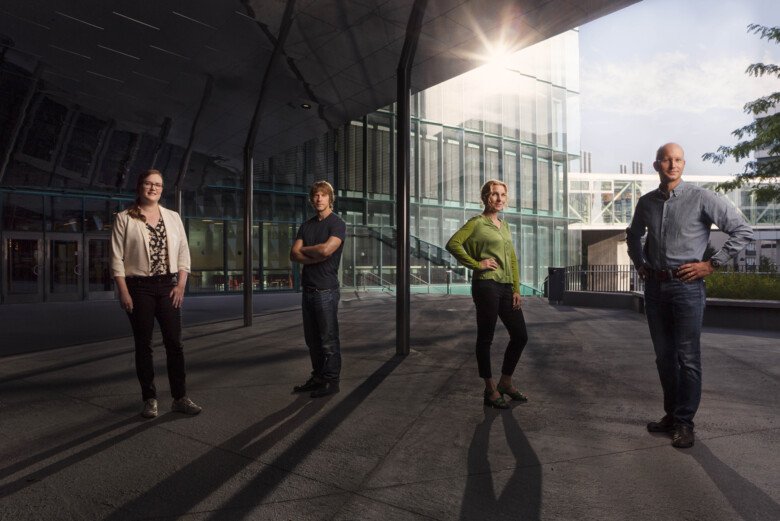 Photo: Martin Stenmark
Photo: Martin StenmarkThe year of the epidemiologist
The COVID-19 pandemic has placed epidemiologists in the spotlight, but did you know there are different kinds? Meet some of Karolinska Institutet's many epidemiologists and learn about their research.
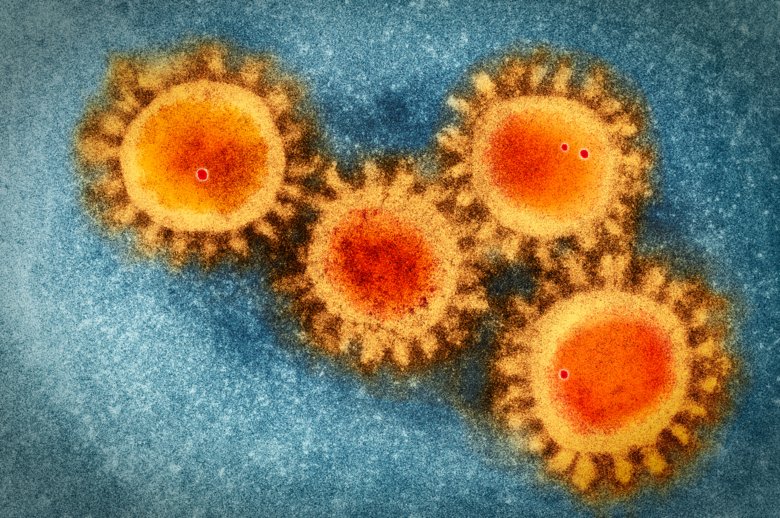 Photo: Getty images
Photo: Getty imagesCurious about viruses
Some viruses make us sick, others are harmless stowaways, and some play an important part in our ecosystems. They can also be used for medical purposes and possibly as a weapon against multi-resistant bacteria.
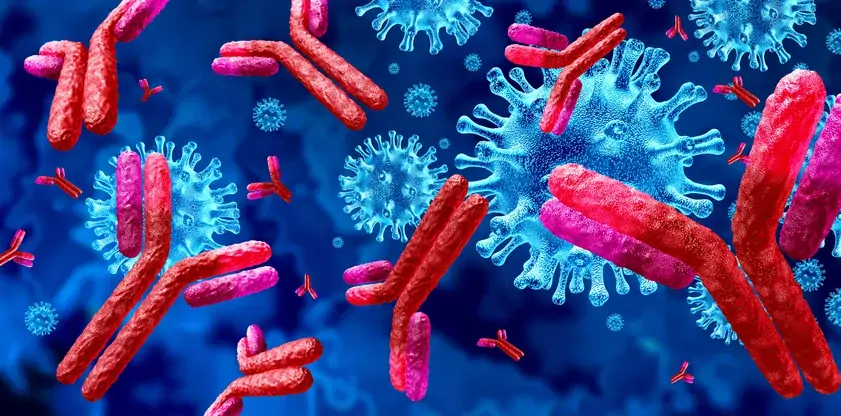 Photo: Getty Images
Photo: Getty ImagesThe history of antibodies
They save lives, but were a long-debated mystery. Antibodies are always ready to protect us against invaders such as bacteria or coronavirus.
Interviews
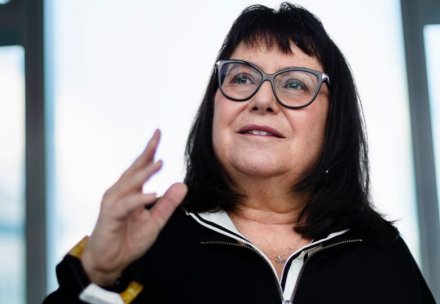
She wants to understand long-term COVID
As a TB researcher, she is studying airborne pandemic contagion. Early in the current pandemic, Judith Bruchfeld saw the need to assemble various experts to investigate long-term illness after COVID-19. “There’s a lot we don’t understand yet.”
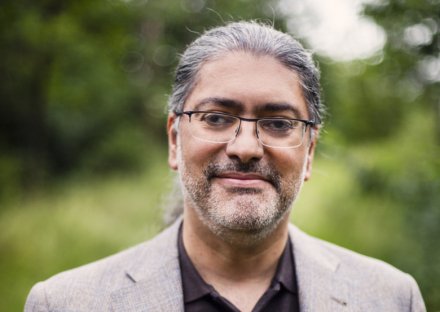
Fighting the virus
Virus researcher Ali Mirazimi has dedicated himself full-time to the new coronavirus since the outbreak of the pandemic. However, in the midst of his work to identify new drugs and vaccines, he too was struck down with COVID-19.
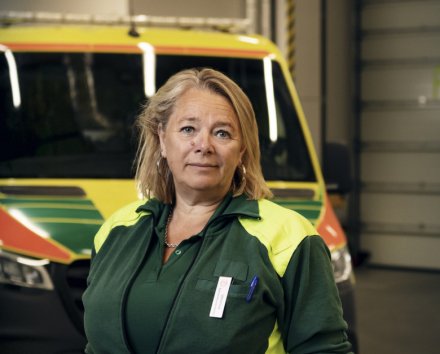
Improvements in ambulance care hygiene
A feeling that hygiene in ambulance care could be better inspired Veronica Lindström to study the issue scientifically. Since then, she has seen improvements, not least in connection with the coronavirus outbreak.
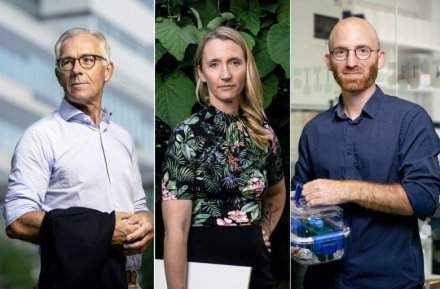
They changed track because of corona
When the coronavirus pandemic struck, a great many researchers put aside their current projects to devote themselves completely to the new virus. Meet three of those whose working life took an unexpected turn.
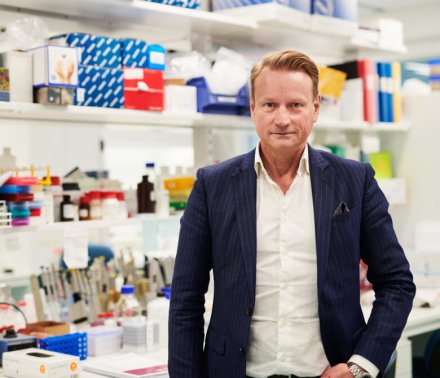
The search for a coronavirus vaccine
Matti Sällberg leads a team that searches for a vaccine against the coronavirus. "Others will be quicker, and therefore we are thinking long-term and focusing on finding a vaccine that can protect against several coronaviruses, including those that may pop up in the future," he says.
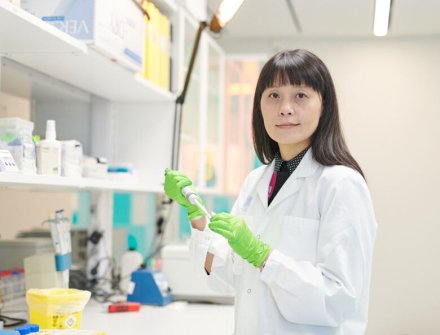
”The lab is my frontline”
Immunologist Qiang Pan Hammarström coordinates an international research consortium that is working on three tracks to develop treatments against COVID-19. ”As a scientist, I feel it is my duty to try to find a cure against this virus", she says.
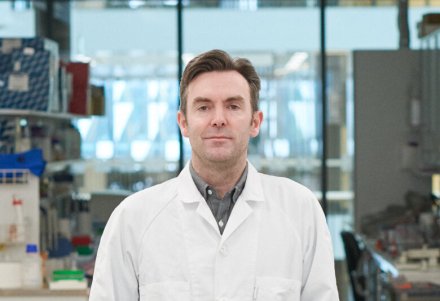
The hunt for antibodies against the coronavirus
Researchers around the world are working hard to find solutions to the coronavirus crisis. Gerald McInerney, Associate Professor of Virology at KI, focuses on developing antibodies that can block the virus’ ability to infect cells.
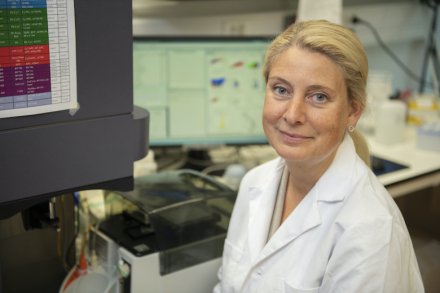
Why we react differently to COVID-19
The international career-network Academic Positions has interviewed KI researcher Anna Smed Sörensen to find out more about the role played by the human immune system in the ongoing COVID-19 pandemic.
